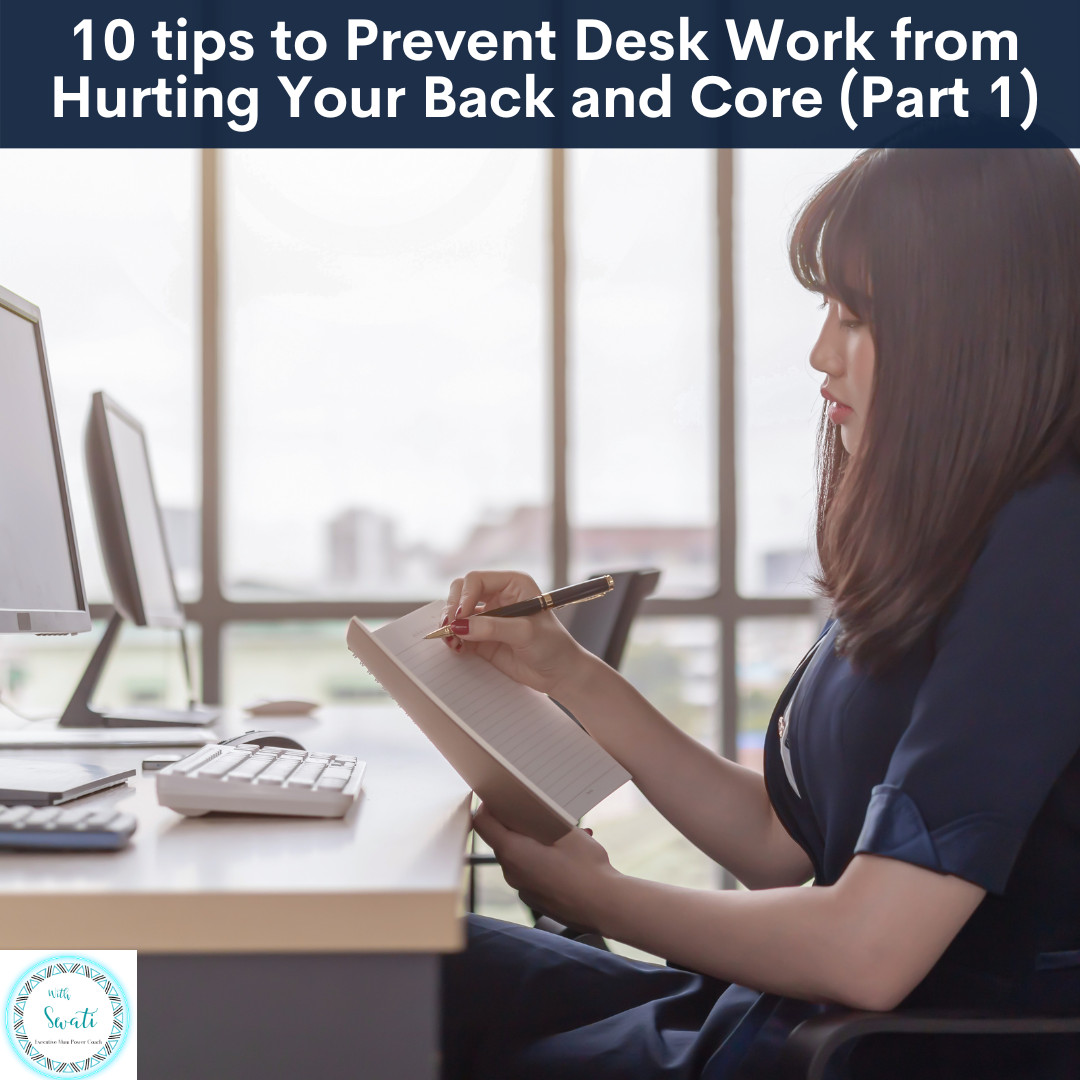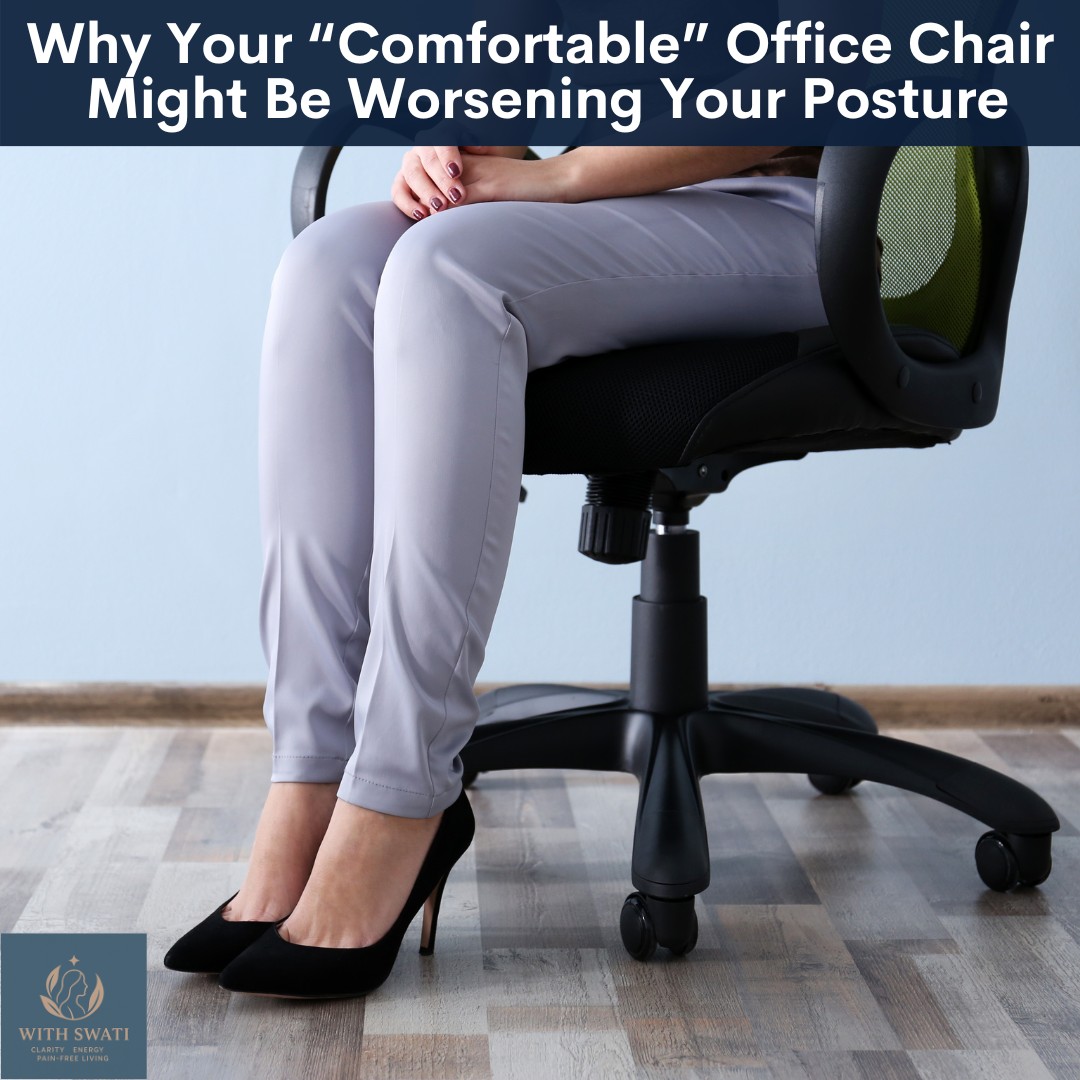
As an executive mum, you are constantly juggling meetings, deadlines, and the never-ending demands of motherhood. Whether you're hunched over your laptop, cradling your phone between your ear and shoulder, or slouching on the couch after a long day, posture might be the last thing on your mind. But if you’re dealing with persistent headaches, your slouching habits could be playing a significant role. In this blog, let’s uncover the hidden connection between slouching and chronic headaches and explore simple solutions to correct your posture and ease the tension in your neck and shoulders.
When you slouch, whether sitting or standing you shift your head forward, away from its natural alignment. This position, often referred to as forward head posture, places excessive strain on your neck and upper back muscles. The farther your head moves forward, the heavier it feels to your spine. This added stress can:
✔️ Tighten neck and shoulder muscles – Causing irritation or compression of the nerves exiting the cervical spine, leading to cervicogenic headaches
✔️ Restrict blood flow – reducing oxygen supply to the brain, causing dull, achy headaches
✔️ Directly pinch nerves in the neck – leading to cervicogenic headaches that start at the base of the skull
✔️ Cause jaw misalignment or TMJ pain – triggering pain that radiates to the head
✔️ Restrict blood flow – reducing oxygen supply to the brain, causing dull, achy headaches
✔️ Directly pinch nerves in the neck – leading to cervicogenic headaches that start at the base of the skull
✔️ Cause jaw misalignment or TMJ pain – triggering pain that radiates to the head
Over time, this poor posture creates a cycle of muscle tension, nerve irritation, and inflammation, which can turn occasional headaches into a chronic problem.
Here are some common signs that your headaches are posture-related:
If you frequently experience headaches that show these signs, then poor posture, especially slouching, could be a major contributor:
- Start at the base of your skull and radiate to the forehead
- Come with neck or upper back stiffness
- Worsen after a long day of sitting or working
- Are accompanied by eye strain or dizziness
Though slouching might feel comfortable in the moment, but over time, it can lead to chronic headaches, neck tension, and poor spinal health. Small adjustments in your posture, workspace setup, and movement habits can make a big difference in preventing and managing headaches.
Watch this video to learn how to reset your sitting posture: 'How can you stop slouching at your desk?'
Here are 3 simple ways to improve posture and reduce headaches:
Fix Your Sitting Posture: Sit with your back straight, shoulders relaxed, and head aligned with your spine. Use lumbar support or an ergonomic chair to maintain good posture.
Take Movement Breaks: Avoid staying in one position for too long. Set a reminder every 30-45 minutes to do some desk based exercises to stretch your neck, shoulders, and upper back.
Practice Chin Nods: This simple exercise strengthens neck muscles and reverses forward head posture. Look at a point at your eye level and then nod your chin by 5 to 10 degrees. This aligns your cervical spine into a good posture. This is a postural exercises that can be repeated several times a day (as shown in the picture below):

Get the course on 'Simple Solutions to Manage your Cervicogenic Headache' HERE. This is where I teach practical, easy-to-implement proven strategies that actually work and have helped countless people to overcome their pain, regain energy, and fully engage with their families and careers.
If you like this blog and want to be notified about new blogs as soon as they are published, subscribe to my mailing list below.
I would love to see you around the internet! For other places you can explore more about me: https://withswati.com/page/link
















0 Comments